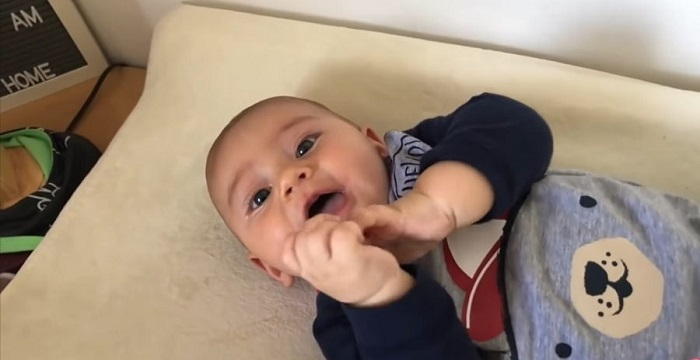
Don’t wait to communicate with your baby until it develops proper speech! By using sign language, you can do this early. Baby sign language is a simple technique that utilizes simple hand gestures and facial expressions to communicate with the pre-verbal baby. By doing it consistently, the baby learns to imitate these signs to express its needs. It allows the parents, the family, and other caregivers to understand the baby’s wants, needs, thoughts, and fears. And what’s more, it’s not difficult harboring a natural flow of communication through the use of sign language. Patience, consistency, and smart work is all you need to make your baby possess a decent signing vocabulary that’ll not only help the child to communicate during the early non-verbal stages of its life, but will help it develop speech faster as compared to other non-signing babies and a whole lot more.

Image Credit: https://www.youtube.com/watch?v=VVsRLaUC5C4
Benefits of Baby Sign Language
-
Baby sign language bridges the gap between no language at all and spoken language. It allows the baby to put forth its needs as to what it wants and when it wants. It can grant your baby with the power to communicate with the people around.
-
Baby sign language can help accelerate the intellectual development of the baby. It has also been proven that babies have more chances of remembering the meaning of the word if taught with sign language, since a child pays greater attention to the signal movement.
-
Research also shows that babies who are taught sign language develop spoken language faster than babies who’re not acclimatized to sign language of any kind. This, in turn, improves the baby’s confidence and self esteem in the growing up years.
-
A baby that can use sign language to communicate with the parents about its needs or the problem is likely to feel less frustrated and throw fewer tantrums. This two way communication at an early stage also enriches the bond between the parents and the baby.
-
According to the researches, babies who’re taught with sign language go through early development of brain and score higher on the future IQ test when compared to the babies who learn to speak in a traditional manner.
Teaching Sign Language to Baby
-
The speed with which a baby learns sign language is directly related to the baby’s age. It’s important that you don’t rush into the proceedings and take things slow. Gradually introduce the signs, one at a time and build a signing vocabulary of not more than 3-5 words at one time. Introduce more words later when your baby begins to understand and starts responding to these.
-
Be patient with the process, it’s not an overnight transformation and the aim is not to make your baby a walking thesaurus but to let it use a few signs to convey its basic needs and problems. A 6-month-old baby who’s been taught with signs may start to use them anywhere between one month and six months of learning. Do not be discouraged if you don’t see immediate result.
-
Apart from being patient, also be consistent with your effort in using these words with your baby. If the word you’re trying to teach to your baby is 'Milk', use the milk sign every time you feed the baby and not otherwise. Using the sign every now and then will only confuse the baby and it’ll not be able to grasp the sign as related to milk. Repetition at the right moment is how you can make the word and sign stick to the baby.
-
With blank expressions, the baby will not able to relate with the word on an emotional level. Therefore, it’s important to use appropriate facial expression with the word you’re trying to teach to the baby. However, there are some words with which it is difficult to attach an expression. You’ll have to bring in your own imagination as to how you want to express it. Practice in front of a mirror if need be.
-
There’s no point in saying the word or using only the expression. The expression should complement the word and the word should be accompanied with spoken language. Also, there’s no point in using both from far off the distance where the baby can’t see you or can only see a part of what you are doing. It’s important that you do this within the field of baby’s vision from where it can correctly see how to sign the word.
-
To ensure more consistency, teach the signs to the other family members and caregivers. The more the baby sees the signs; more would be the chances that the baby will learn to use the same quickly. It’s important that you encourage and praise the baby’s attempt to signal, every time it uses them. Even if the sign is partly correct, provide the baby with whatever it wants as it will ensure the baby that signaling works.
What are you waiting for? If you have a toddler at home with whom you’re dying to communicate, make use of baby sign language and reap the harvests. Happy Signaling!
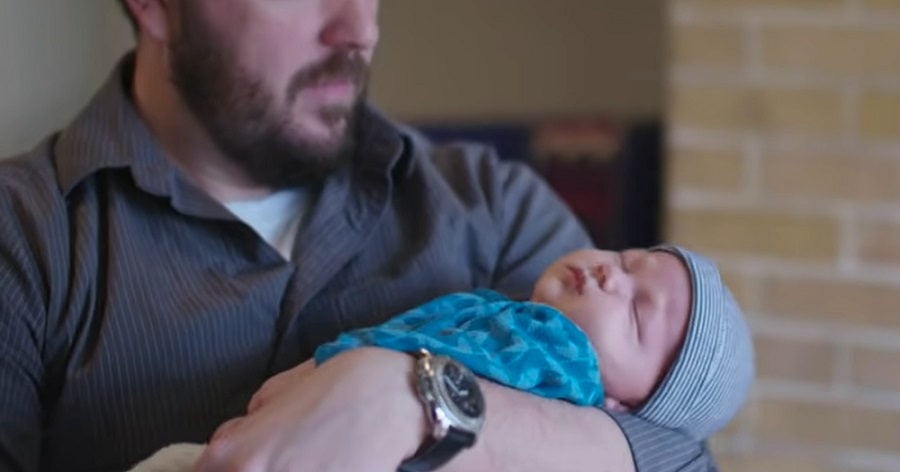 A Step-By-Step Guide on Infant Sleep Training: Baby Sleep Methods, Sleep Schedule & Sleep Position
A Step-By-Step Guide on Infant Sleep Training: Baby Sleep Methods, Sleep Schedule & Sleep Position Baby Bonding Tips & Techniques – How And When You Strike A Bond With Your Newborn
Baby Bonding Tips & Techniques – How And When You Strike A Bond With Your Newborn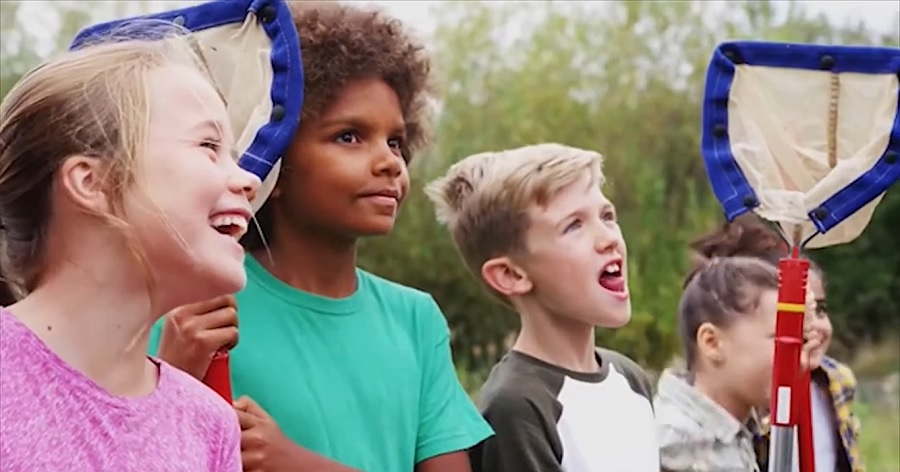 Teaching Children Social Skills
Teaching Children Social Skills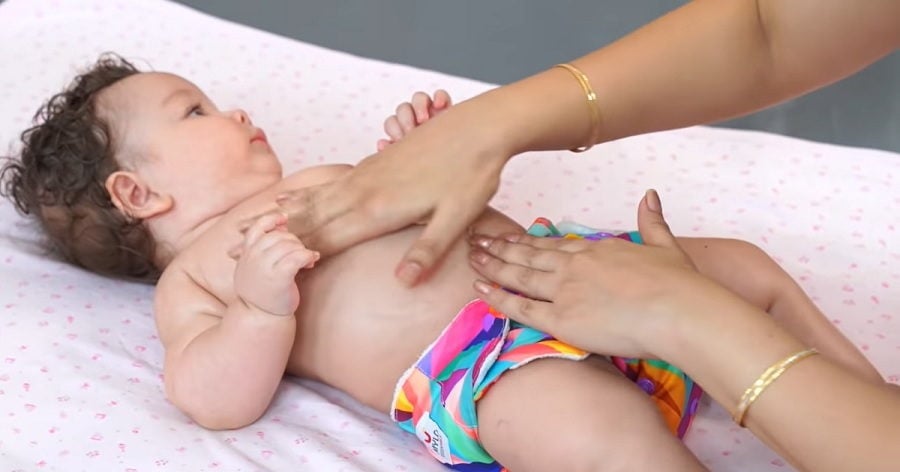 Baby Massage Tips & Techniques – How And At What Age Should You Start Massaging Your Baby?
Baby Massage Tips & Techniques – How And At What Age Should You Start Massaging Your Baby?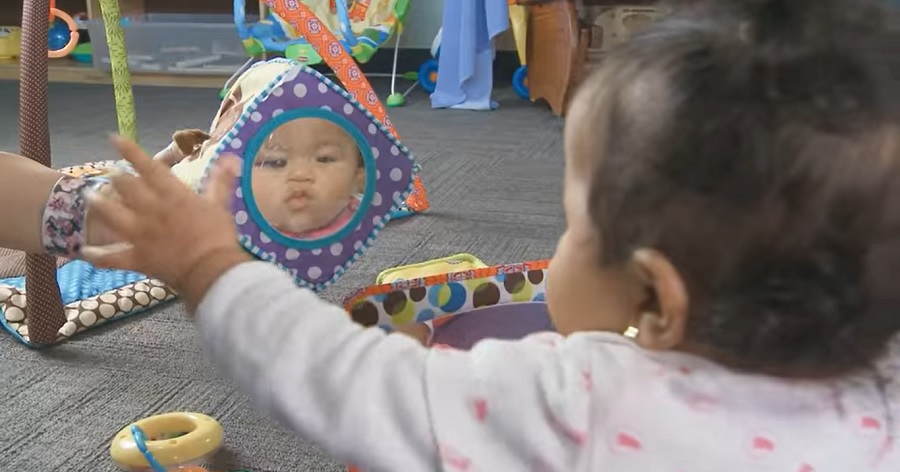 Activities For Infants: Fun And Engaging Ways To Play With Your Newborn
Activities For Infants: Fun And Engaging Ways To Play With Your Newborn Aggression in Children
Aggression in Children